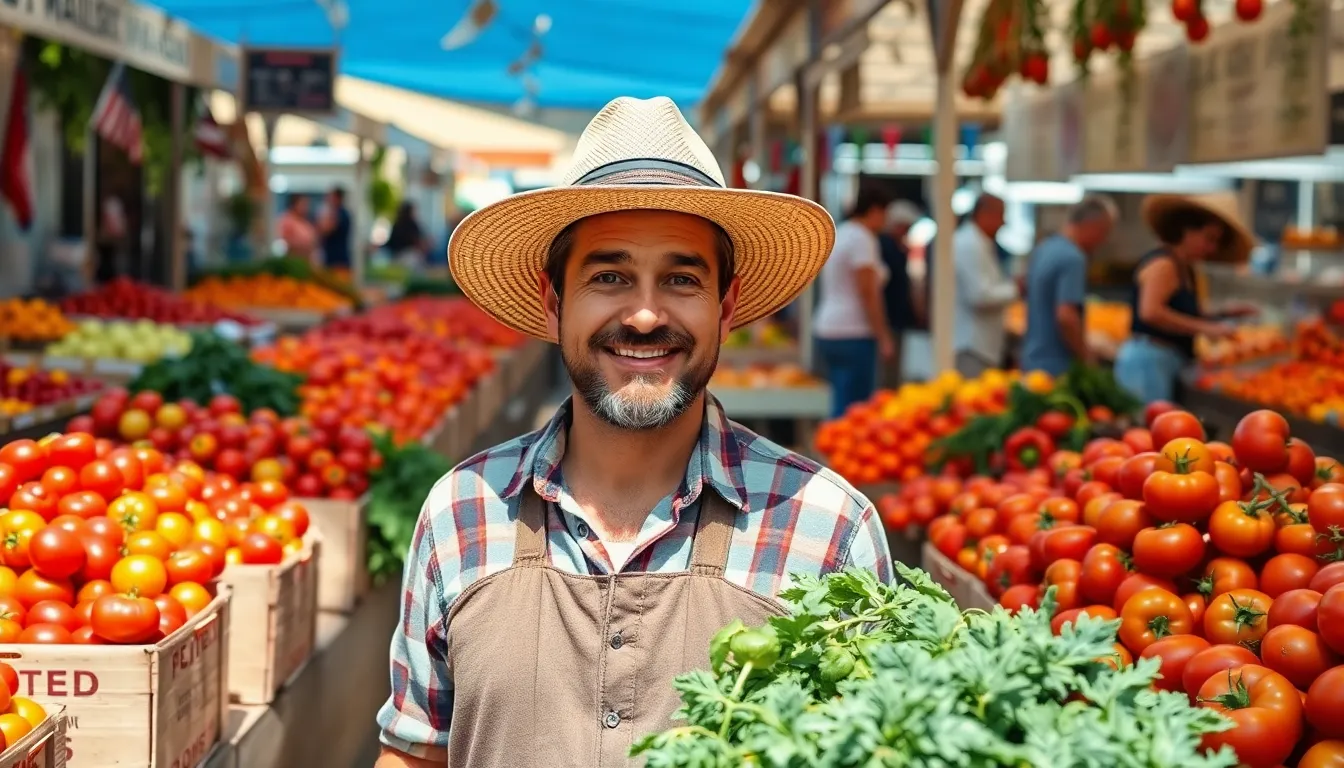Table of Contents
ToggleHow Do Travelers Choose Where to Dine?
When travelers arrive in a new city, one of their first thoughts is, “Where should we eat?” Whether they’re foodies looking for local specialties or tourists grabbing a quick bite between attractions, their dining choices are heavily influenced by how restaurants present themselves. In the hospitality and travel industry, restaurant marketing isn’t just about attracting locals—it’s about creating memorable dining experiences for visitors and turning your location into a destination. With global travel bouncing back, restaurants that align with tourism trends and hospitality services can gain a serious competitive edge.
Position Your Restaurant as a Destination
Travelers often plan meals as part of their overall itinerary. Smart restaurant marketing positions your venue as a must-visit spot. This means aligning your offerings with what tourists are looking for: authenticity, local flavor, convenience, and a story to tell.
Highlight what makes your restaurant unique—whether it’s your location, heritage recipes, views, or partnership with local farms. Storytelling plays a major role here. Create content that not only shows your dishes but also connects them to the region’s culture or history. For example, a tapas bar in Spain could share the story behind traditional recipes, enhancing the tourist’s cultural experience.
Collaborate with Hotels, Tour Operators, and Local Attractions
Hotels are a key connection point in hospitality-driven marketing. Many guests ask concierges or front desk staff for dining recommendations. Establish partnerships with local hotels to be included in their printed guides, websites, or in-room recommendations. You might even provide hotel guests with exclusive discounts or VIP menus.
Likewise, collaborating with tour companies and local attractions is an excellent way to increase visibility. Offer pre- or post-tour meal packages or list your restaurant in popular travel apps. Even cross-promoting with nearby museums or activity centers can help draw traffic from travelers looking to make the most of their day.
Leverage Travel and Hospitality Platforms
Tourists rely on platforms like TripAdvisor, Google Maps, Yelp, and travel blogs to guide their dining choices. Ensuring your restaurant is listed and highly rated on these platforms is essential. Keep your profiles updated with accurate business hours, photos, menus, and booking options.
Encourage happy guests—especially international visitors—to leave reviews. Positive feedback from fellow travelers adds credibility and reassures newcomers. It’s also smart to use keywords like “best seafood near [landmark]” or “family-friendly restaurant near [hotel]” on your website to appear in travel-related searches.
Create Traveler-Friendly Experiences
Marketing your restaurant to tourists also means adapting to their needs. Offering menus in multiple languages, flexible meal times, and group-friendly options can significantly improve the guest experience. Promote these features in your marketing materials to attract tour groups, business travelers, and families.
Additionally, showcasing your restaurant as Instagram-worthy—with beautiful plating, outdoor dining views, or stylish interiors—can encourage travelers to visit simply to capture and share the moment. Many tourists discover places through social media geotags and travel influencers, so create spaces and moments that encourage sharing.
Work With the Travel Influencer Market
The travel and hospitality industry thrives on influencer content. Inviting travel bloggers, food vloggers, or local content creators to dine at your restaurant can generate valuable word-of-mouth. These influencers often have dedicated followings of people actively seeking recommendations.
When choosing who to collaborate with, look for creators who align with your brand—whether they focus on budget travel, luxury tourism, or culinary adventures. Provide them with a full experience, from signature dishes to behind-the-scenes insights. Their content often reaches audiences you wouldn’t capture through traditional marketing alone.
Offer Booking Convenience for Travelers
Many travelers prefer to plan ahead, especially during peak seasons. Make sure your restaurant supports online reservations and integrates with travel-friendly platforms like OpenTable or Resy. If you cater to international guests, allow for online bookings via platforms that support multiple languages and currencies.
Also, consider including your restaurant in local hospitality packages—whether that’s a meal included in a resort stay, a voucher in a travel app, or a “dinner and show” night coordinated with local entertainment venues.
Seasonal Promotions and Local Events
Tie your marketing efforts to seasonal tourism patterns and local events. If your town hosts a summer festival, holiday market, or cultural celebration, design your promotions to attract attendees. This could be a themed menu, extended opening hours, or live entertainment.
Participate in city-wide tourism campaigns or “Restaurant Week” promotions. These events are heavily promoted by local tourism boards and draw travelers who are eager to experience local cuisine at discounted prices.
Connecting Cuisine with the Journey
In the hospitality and travel world, dining isn’t just about food—it’s part of the journey. For restaurants, marketing to travelers means more than just visibility; it’s about being part of the destination’s appeal. By aligning with hotels, tapping into travel platforms, and crafting memorable guest experiences, restaurants can turn visitors into ambassadors and meals into memories. With thoughtful, hospitality-focused marketing, your restaurant can become a vital stop on the modern traveler’s map.





